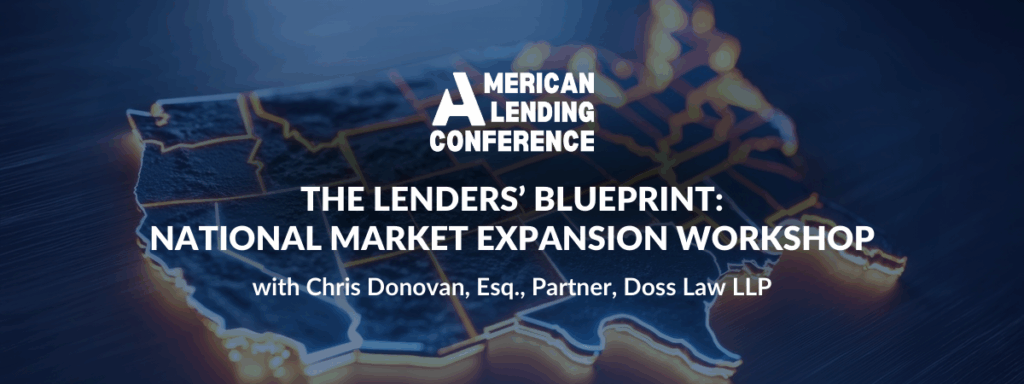
Seller Financing: The Myths and the Reality
Many Americans were able to secure 2-4% mortgage loans after the Great Recession and following Pandemic. Understandably, they don’t want to give them up. Many would like to sell their homes, but the prospect of paying 6 percent or more for a new mortgage is holding them back. In their eyes their low-rate mortgage is a valuable asset and quite possibly a once in a lifetime opportunity.
All-Inclusive or Wrap Seller Financing
What about selling a house subject to the existing mortgage, with the seller carrying back a mortgage that “wraps” or includes the existing first mortgage? We call this mortgage an “all-inclusive mortgage,” or AITD for short, otherwise known as a “wrap-around mortgage.”

In the all-inclusive mortgage, the buyer gives the seller the buyer’s promissory note for an amount higher than the existing first mortgage. That difference is partial payment of the purchase price, with the rest being cash. The buyer’s monthly payment to the seller is higher than what the seller must pay the mortgage company. Each month, the seller takes the buyer’s monthly payment, pays the existing first mortgage, and pockets the rest.
Economics of an All-Inclusive Loan
What economic benefit is there for a seller in taking an all-inclusive mortgage from a buyer?
Let’s crunch the numbers.
Low Rates for Buyer and Seller
Let’s say for instance the home has 30-year mortgage of $500,000 and the interest rate is 2.5%. The house is sold for $600,000; the buyer gets credit for the existing mortgage and makes a cash down payment.

The seller takes a promissory note for just a little over the amount owed on the existing mortgage, let’s say $5,000. The all-inclusive loan is for $505,000 at 5% per annum—a great rate today.
Monthly Income for the Seller
Each month the seller pockets 2.5% interest on $505,000 or about $1,052 or $63,125 over, let’s say, 5 years. And if the documents provide for it (unusual), the seller can retain the benefit of the amortization of the underlying mortgage, another $58,000.
The buyer and seller just found a way to create value for both from the low-rate mortgage.
Profit Helps Ease the Higher Rate
The seller’s profit will help ease the pain of paying a higher mortgage for the new home they are buying. If the seller takes out a new $500,000 mortgage to buy a new home with a current rate of 6.5%, the seller’s net rate drops to only 4%—a great rate today. The seller went from 2.5% to 4% in a 6.5% rate environment—not a bad deal. And the buyer gets a below market rate too at 5%. It is a win-win for both!
FAQs
Let’s field some questions:
Is this legal?
Sellers have been carrying back mortgages on the sale of their property for decades. There is nothing new about it. Consult your legal counsel before doing an all-inclusive mortgage.
I watched on YouTube® and some lady since a seller carryback was fraud. Is this true?
Absolutely not. Fraud is misrepresenting some fact. A seller carryback is above-board, and nothing is hidden or insidious.
But my mortgage documents say my lender can call my loan if I transfer title. Is this true?
That is true. It’s called a due-on-sale clause. It gives the mortgage company the option, but not the obligation, to call the loan due early. The due-on-sale clauses are rarely, if ever enforced.

The average mortgage loan is pooled with others and sold on the stock market as mortgage-backed securities. If payments are current, the trustees of these pools have no marching orders to call loans because there was a transfer of title. If the loan is called, good all-inclusive loans docs will give the buyer time to refinance and replace the existing mortgage. In a worse case the buyer will have to refinance and pay the old mortgage and the amount owed to the seller.
What if the buyer doesn’t pay the seller?
This is a genuine risk so a seller will want to vet the buyer ahead of time by asking for a credit report, financial statement, bank and stock statements. A seller should not offer financing to a marginal buyer. If the buyer doesn’t pay the seller the seller must go out of pocket to continue paying the old mortgage to preserve his or her credit rating. The amount paid can be recovered from the buyer by foreclosure but that can take several months. A seller will want to have cash reserves to withstand the delay. Ultimately, the buyer will have to repay the seller in full to avoid losing his or her house in foreclosure.
What about Income Tax Deductibility?
Good all-inclusive docs allow the buyer to deduct the amount of interest it pays to the seller and the old mortgage company. And, yes, the profit the seller makes is taxable income to the seller at ordinary income tax rates which can be offset by the deduction for the higher interest the seller pays on any new mortgage. Federal law, recently amended by Congress, may limit the amount of the deduction depending on your income.
Where can a buyer or seller go to get documents for Seller Financing?
The best source is DossDocs.com which is a do-it-yourself loan documentation application that will produce the whole package for a buyer or seller in any state for $499. The program using industry standard mortgage documents by Fannie Mae as a base but with a special All-Inclusive Rider to the mortgage that is essential to a good all-inclusive mortgage. Second, the parties should ask their real estate agent or attorney for help. Keep in mind the documents need to be carefully crafted so don’t just throw something together or cut corners. Always consult legal counsel before doing an all-inclusive loan. Share this article with him or her.
[1] Dennis H. Doss, is the manager of Doss Law, PC and a 47-year veteran in mortgage law. He is a frequent expert witness in mortgage cases, a frequent speaker at industry events and the creator of DossDocs.com, a nationwide loan document company.



